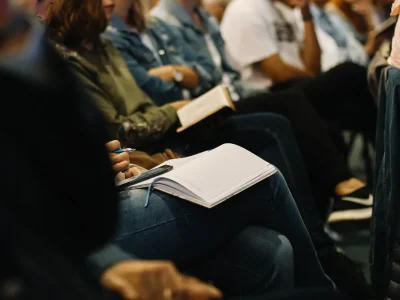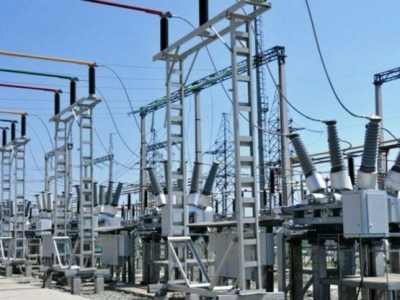The humble storage box with lid represents nothing less than humanity’s eternal dialogue with chaos—a conversation that began when our ancestors first cupped water in their hands and realised that some things, precious things, must be preserved against the relentless entropy of time. In this simple act of containment lies the entire arc of civilisation: our species’ magnificent obsession with creating order from disorder, with building walls against the wilderness, with saying “this shall remain” in a universe that whispers only of impermanence.
To understand the profound significance of storage, we must first acknowledge that organisation is not merely a human convenience—it is encoded in our very DNA. The cell, that fundamental unit of life, is itself the universe’s first storage box with a lid. Its membrane selects what enters and what remains, creating the boundary between self and not-self, between order and chaos. Every mitochondrion, every nucleus, every organelle represents nature’s ancient wisdom: that life persists only when it learns to compartmentalise.
The Archaeology of Order
Archaeological evidence reveals that humans have been creating storage vessels for over 30,000 years. From the painted caves of Lascaux, where ochre pigments were stored in hollowed bones, to the elaborate burial chambers of Egyptian pharaohs, our ancestors understood something profound: that preservation is the closest humans come to conquering time itself.
The evolution of storage technology mirrors the evolution of consciousness. Early humans stored grain in clay vessels, recognising that survival depended on planning for future scarcity. This simple act—saving today for tomorrow—represents a cognitive revolution as significant as language or fire. It required abstract thinking, the ability to imagine future states, and most remarkably, the capacity to delay gratification.
Consider the psychological architecture required for effective storage:
• Temporal reasoning: Understanding past, present, and future relationships
• Categorical thinking: Grouping similar objects for efficient retrieval
• Spatial intelligence: Maximising three-dimensional efficiency
• Risk assessment: Protecting valuables from damage, theft, or decay
• Memory systems: Recalling locations and contents across time
Each of these cognitive abilities represents millions of years of evolutionary refinement, culminating in the simple act of placing an object in a container and securing its lid.
The Neuroscience of Containment
Recent neuroimaging studies reveal that organised environments trigger specific patterns of brain activation associated with reduced cortisol production and enhanced prefrontal cortex function. The act of placing items in designated containers activates the same neural pathways involved in problem-solving and creative thinking.
Dr Priya Sharma, a cognitive neuroscientist at Singapore’s Institute for Neurotechnology, explains: “When we organise our physical environment, we’re essentially creating external scaffolding for our internal mental processes. The storage box becomes an extension of our working memory, allowing us to offload cognitive burden and focus on higher-order thinking.”
This neurological symbiosis between human and container represents a form of extended cognition—our minds literally expanding beyond the boundaries of our skulls to encompass the organised space around us.
The Philosophy of Limits
Every storage container poses the same existential question: what deserves preservation? In choosing what to keep and what to discard, we are forced to confront our own mortality and the finite nature of space, time, and attention. The lid becomes a philosophical boundary, separating the sacred from the mundane, the necessary from the superfluous.
The Japanese concept of “mono no aware”—the pathos of things—finds expression in our relationship with storage. We preserve objects not merely for their utility, but as anchors to memory, as talismans against forgetting. Each stored photograph, each carefully preserved letter, each childhood memento wrapped in tissue paper represents our desperate, beautiful attempt to slow time’s passage.
The Ecology of Domestic Space
Modern homes have become complex ecosystems where storage containers serve as microhabitats for our possessions. Like coral reefs or forest canopies, these systems develop their own intricate relationships and dependencies. The efficiency of the whole depends on the health of each part.
Environmental psychologists have identified what they term “storage stress”—the anxiety that arises when our possessions exceed our organisational capacity. This modern ailment reflects a deeper evolutionary mismatch: brains designed for nomadic simplicity struggling to cope with industrial abundance.
Cultural Variations and Universal Truths
While storage methods vary across cultures, the underlying human need remains constant. In Singapore’s high-density housing estates, storage solutions have evolved to maximise vertical space, reflecting both cultural values of efficiency and practical constraints of urban living.
“In a space-scarce environment like Singapore, every storage decision becomes an act of curation,” observes urban anthropologist Dr Lin Wei Ming. “Residents become unconscious curators of their own lives, constantly negotiating between keeping and letting go.”
The Future of Containment
As we move toward an increasingly digital existence, physical storage paradoxically becomes more precious. The objects we choose to keep—and keep organised—take on totemic significance. They become the physical anchors in an otherwise ephemeral world.
Perhaps this is the deepest truth about storage: it represents our refusal to accept impermanence, our insistence that some things—memories, relationships, moments of beauty—deserve to endure. In sealing that lid, we perform an act of hope, declaring our faith that tomorrow will come and that when it does, we will remember what matters.
Every carefully organised container thus becomes a love letter to the future, a promise that someone, someday, will lift that lid and discover what we deemed worth saving. In this simple act of closure lies infinite possibility, infinite hope—the eternal human story contained within each humble storage box with lid.













Comments